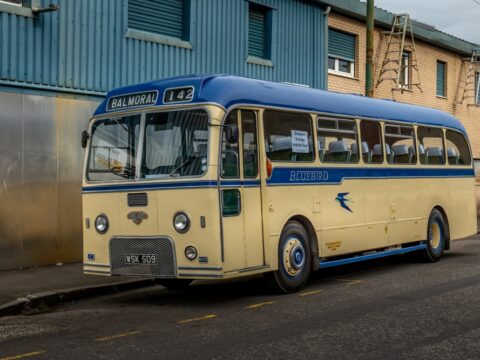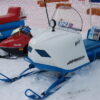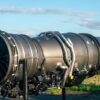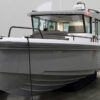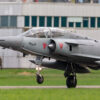In the vast world of aviation, the journey from the runway to the clouds is layered with intricate details that often remain behind the cockpit doors. As passengers, we’re more attuned to the in-flight movie or the turbulence jolting our coffee, but there’s a rich tapestry of knowledge and protocol ensuring our journey is smooth and safe. This article unveils those hidden facets of flying, shedding light on the nuances and intricacies pilots wish every traveler understood.
Contents
Turbulence Isn’t as Dangerous as You Think
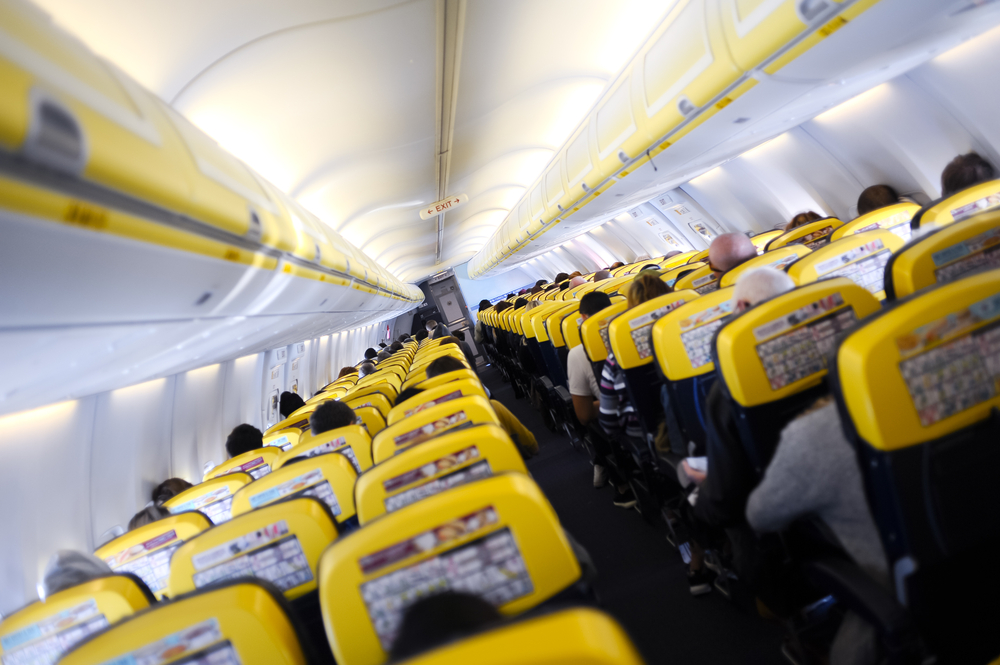
While turbulence might feel unsettling, modern aircraft are built to withstand even severe turbulence. Pilots are trained to navigate through it and always prioritize passenger safety. Just like a ship navigating rough waters, an airplane can handle bumpy air. The seatbelt sign is turned on primarily to ensure you’re safely seated and to prevent injuries from sudden jolts.
The Plane Can Still Land with One Engine
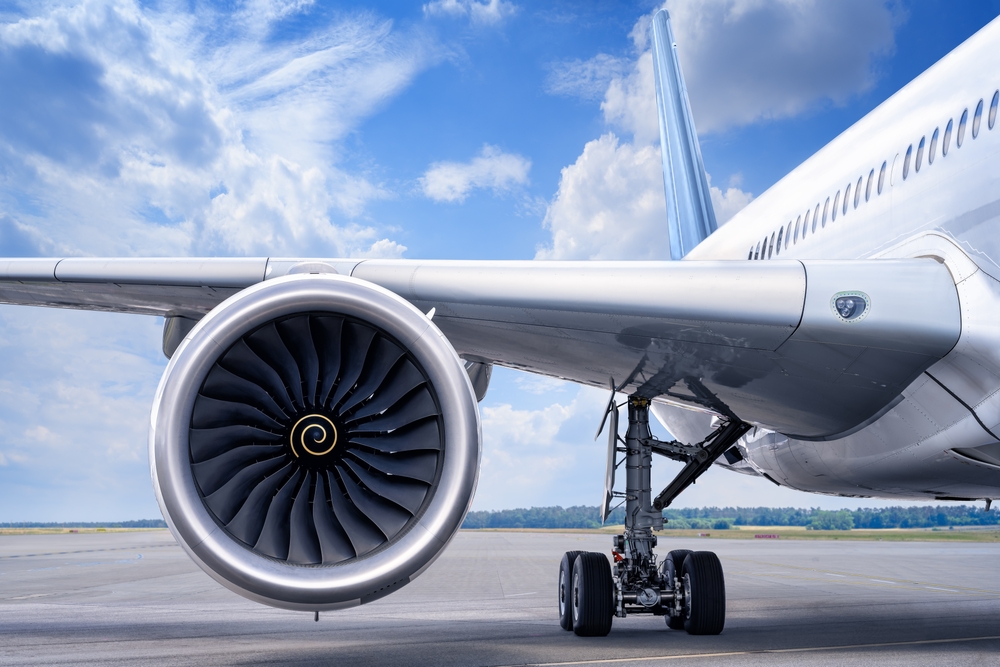
Modern twin-engine aircraft are designed to fly and land safely even if one engine fails. This is a requirement for certification by aviation authorities. In the very rare event an engine does fail, pilots are extensively trained to handle the situation.
Cell Phones Don’t Interfere with Aircraft Systems
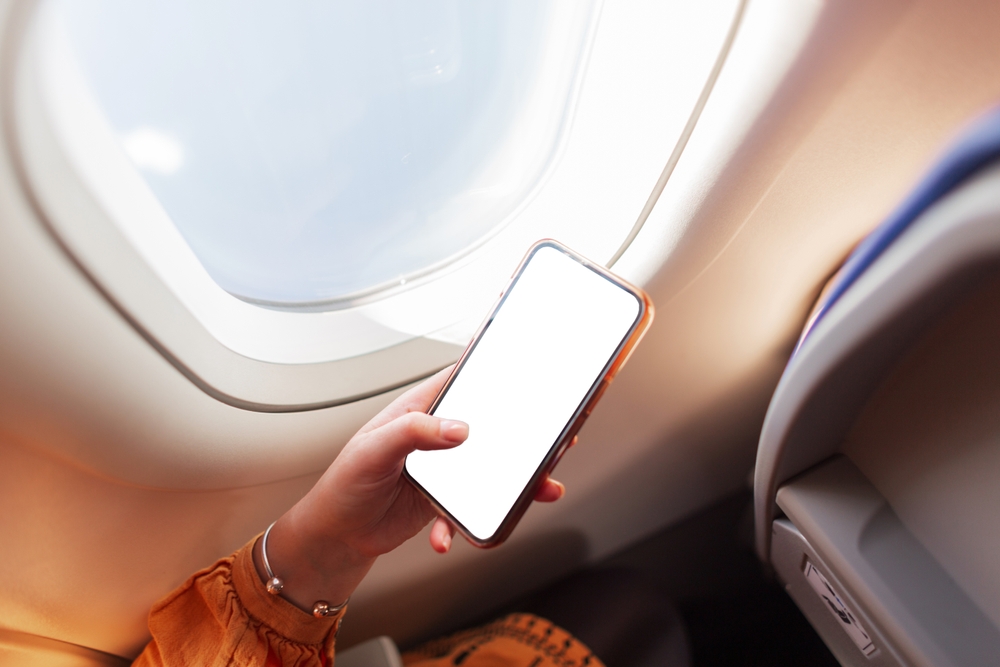
The request to turn your devices to “airplane mode” isn’t because they interfere with navigation or communication systems. It’s mainly to ensure that passengers pay attention during safety briefings and to prevent potential interference with ground networks as the plane flies overhead. However, always follow crew instructions on this matter.
The Shortest Route Isn’t Always a Straight Line
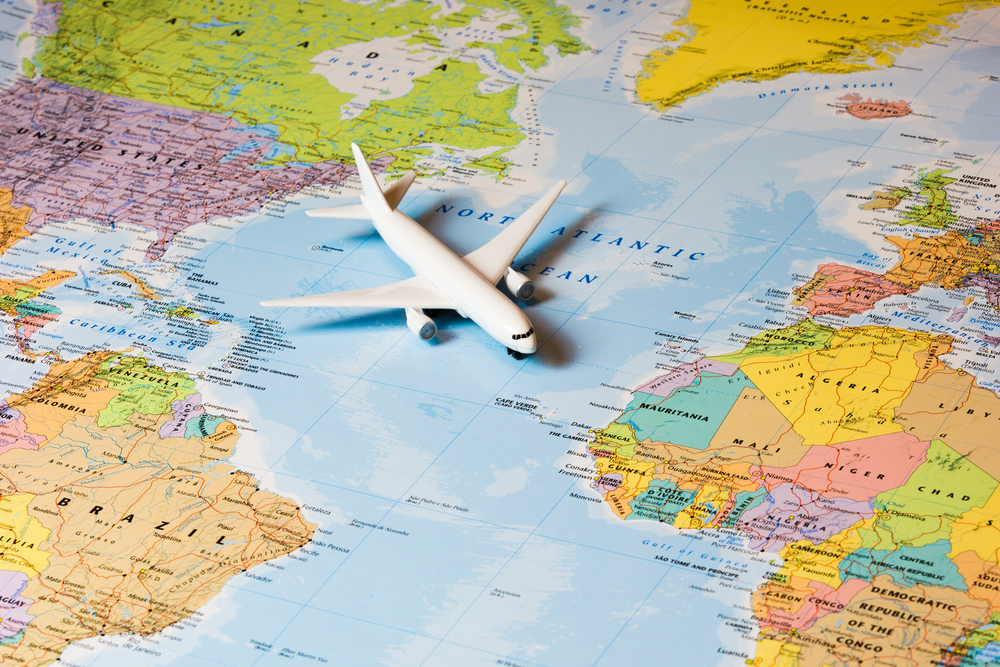
Passengers looking at the flight map might wonder why the plane isn’t flying directly to the destination. Air routes are determined by a complex set of variables, including airspace restrictions, wind patterns, and other traffic. Sometimes, a slightly longer route can be faster or more fuel-efficient.
Landings Can Be Hard for Good Reasons

A smooth landing feels nice, but sometimes pilots intentionally perform “firm” landings – in rainy conditions to prevent hydroplaning, on shorter runways, or in strong crosswinds. A harder landing isn’t a sign of pilot inexperience; it can be a calculated safety decision.
Cockpit Security is a Top Priority
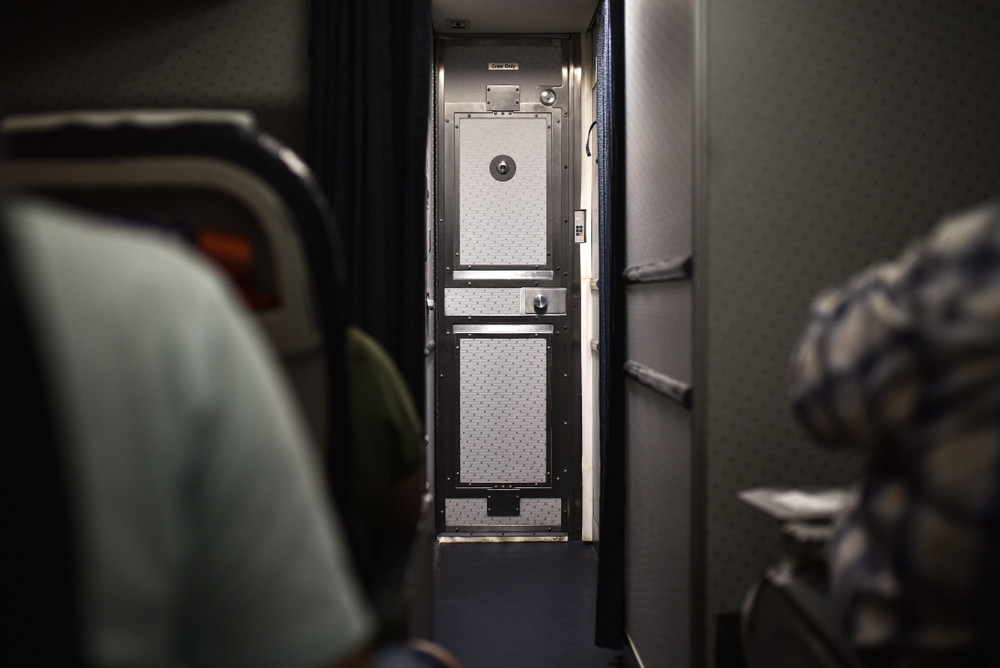
Post 9/11, cockpit doors are fortified, and procedures are in place to ensure they remain secure. Pilots are trained never to open the door if there’s a disturbance in the cabin. The main goal is to keep the cockpit, crew, and passengers safe.
The Oxygen Masks Have Limited Time, but Enough
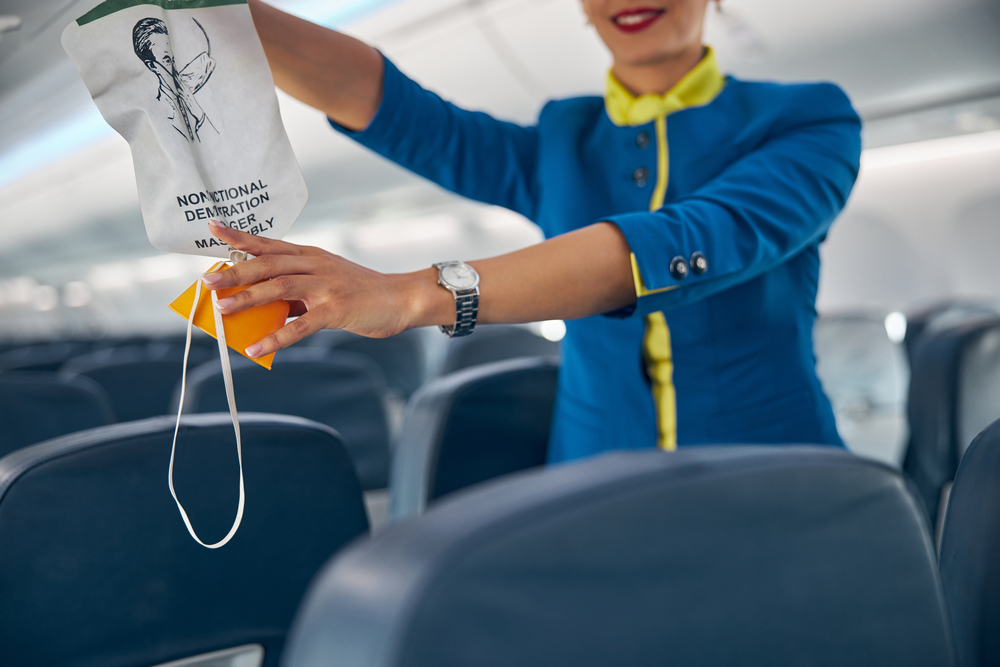
If cabin pressure drops, oxygen masks will deploy. They provide enough oxygen for around 12-15 minutes – plenty of time for the pilot to descend to a safer altitude where you can breathe normally.
We Don’t Control the Cabin Temperature Alone
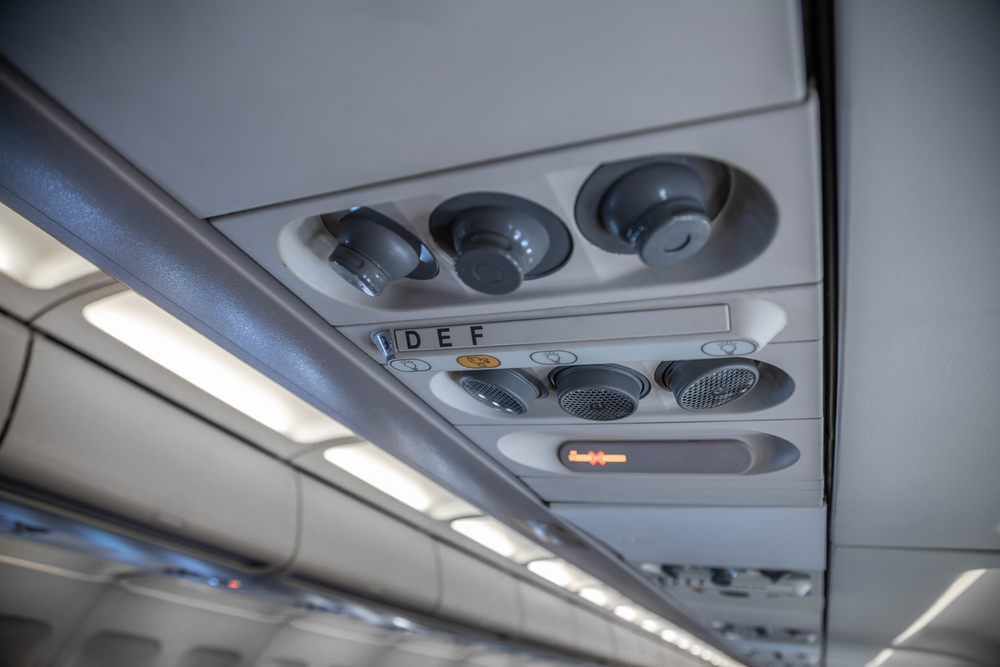
Pilots do have control over the overall temperature, but there are various factors, like the sun’s position and number of passengers, which can make one part of the plane feel different from another. Blankets, air vents, and cabin crew can help adjust your personal comfort.
Holding Patterns Aren’t Just About Waiting
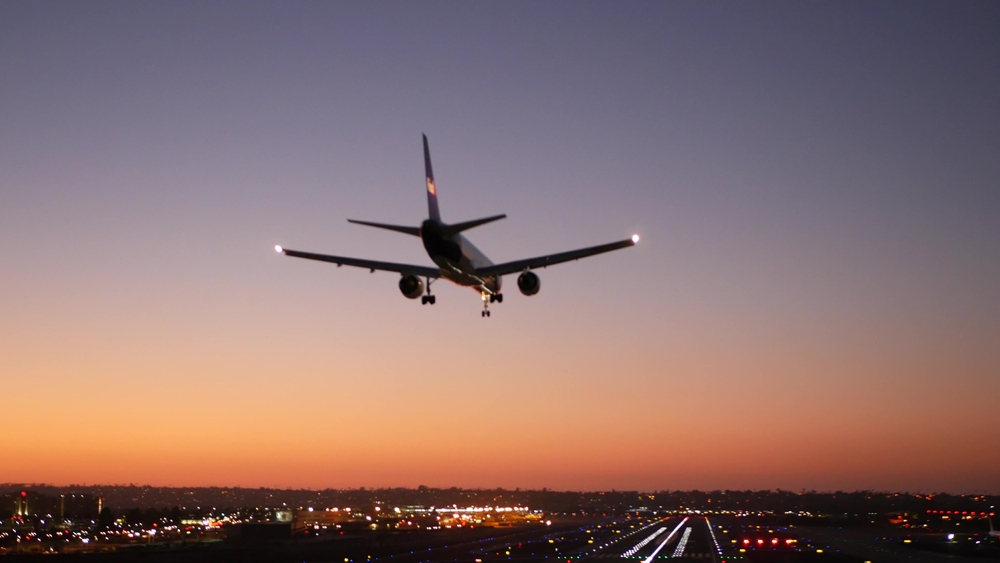
If your plane is circling before landing, it’s often in a “holding pattern.” This can be due to several reasons: air traffic congestion, weather conditions at the destination, or a temporary runway closure. While it may seem like unnecessary waiting, it’s a controlled procedure ensuring safe spacing between aircraft.
Communication is Constant

Even if you can’t hear it, pilots are in regular communication with air traffic control. They’re getting updates on weather, traffic, and any other information necessary to ensure a safe flight. Silence in the cabin doesn’t mean inactivity in the cockpit.
This article originally appeared on MyCarMakesNoise.
More from MyCarMakesNoise
10 Benefits of Driving Hybrids Over Conventional Cars

As the tides turn against conventional gasoline engines, the allure of hybrids goes beyond just being eco-friendly. Read More.
10 Must-Have Motorcycle Accessories for Comfort and Protection

This article delves into those often overlooked essentials that not only elevate the riding experience but also ensure safety and convenience at every twist and turn. Read More.
The 14 Most Fuel-Saving Motorcycles
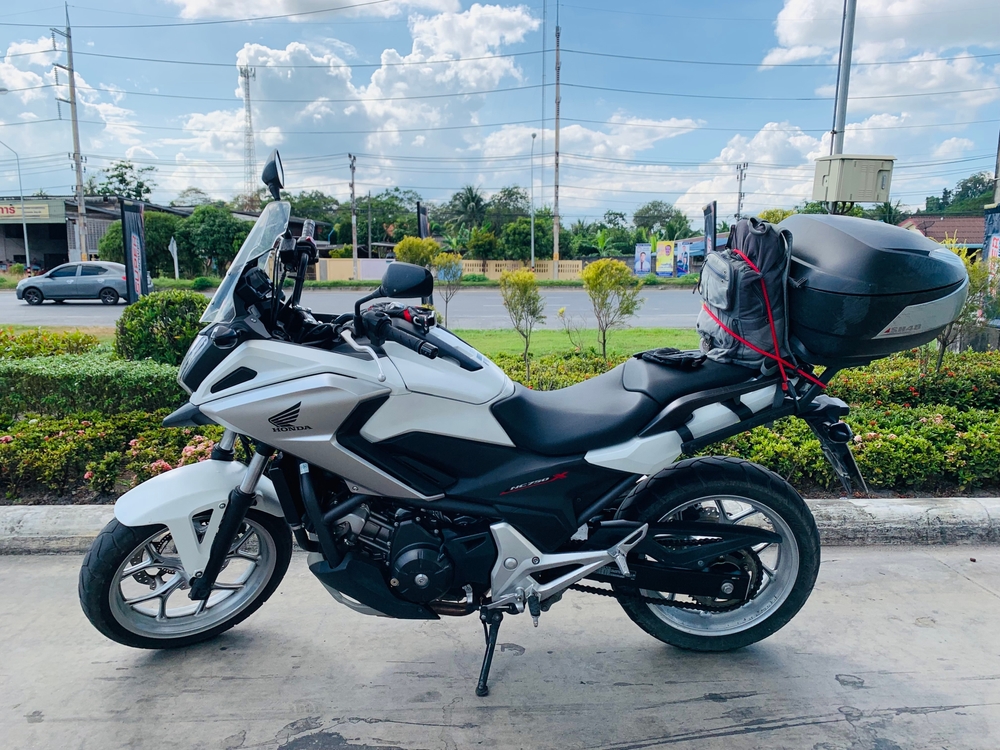
As urban landscapes continue to expand and roads become increasingly congested, the need for practical and sustainable transportation solutions is more pressing than ever. Enter the realm of fuel-efficient motorcycles, a blend of innovation, performance, and economy that answers the daily commute dilemma. Read More.




